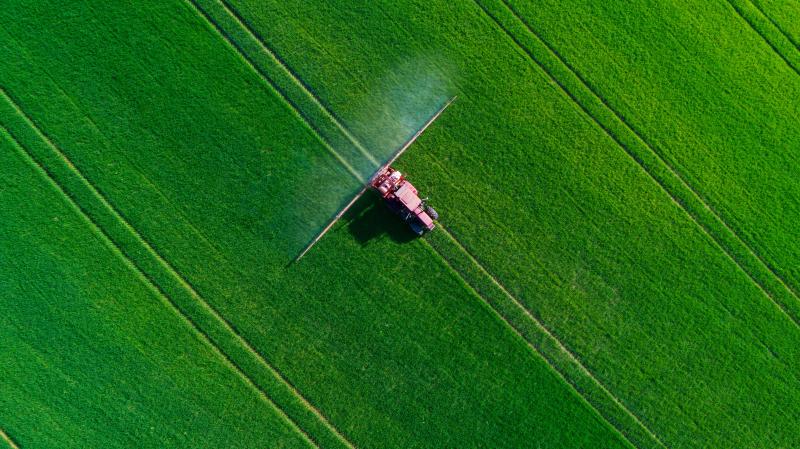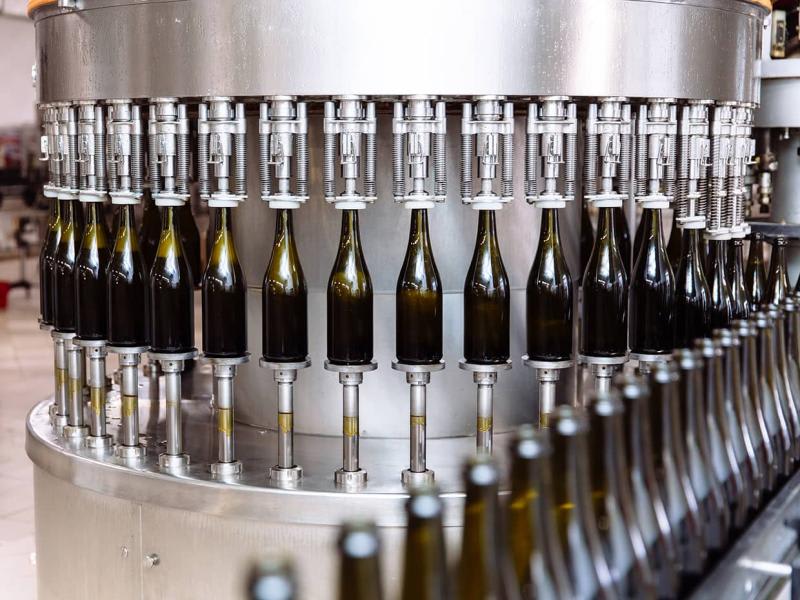AUTHORS

Australia’s flagship investment into encouraging local innovation has just celebrated its 10-year anniversary. Implemented in its current form in 2011, the Research and Development (R&D) Tax Incentive has supported 30,000 companies since its inception, subsidizing $12.7 billion in R&D expenditure over that time[1].
Unlike its competitive and merit-based grant counterparts, the R&D Tax Incentive is a broad-based, retrospective program.  It requires applicants to lodge an Application Form (due by 30 April 2022 for the year ended 30 June 2021), after which it can assess its entitlement to a tax offset under the prevailing legislation. Applicants can receive up to a 43.5% cash benefit on eligible R&D expenditure. For the healthcare industry, the news is even better. The Australian Government’s newly unveiled patent box regime intends to deliver a 17% concessional tax rate for corporate income derived directly from medical and biotechnology patents.
It requires applicants to lodge an Application Form (due by 30 April 2022 for the year ended 30 June 2021), after which it can assess its entitlement to a tax offset under the prevailing legislation. Applicants can receive up to a 43.5% cash benefit on eligible R&D expenditure. For the healthcare industry, the news is even better. The Australian Government’s newly unveiled patent box regime intends to deliver a 17% concessional tax rate for corporate income derived directly from medical and biotechnology patents.
Critically, the proportion of qualifying patent income streams that enjoys the concessional tax rate is impacted by the extent to which the R&D activities underpinning the relevant patents are undertaken in Australia. This policy design ensures a link between the location of the R&D activities giving rise to patentable inventions, and the fruits of commercializing the invention from Australia.
Tax-related incentives are not the only instrument which Australia is relying on to stimulate waning Australian expenditures on R&D[2]. Applications for the Medical Research Future Fund 2021 Research Data Infrastructure Grant recently closed and offered up to $3 million for medical research to support data research infrastructure.
So how is the healthcare industry responding to the smorgasbord of subsidies and grant funding opportunities on offer?
Clinical research remains strong as ever, with over 1,000 active Phase I and II studies in Australia[3]. However, a growing proportion of these studies are being informed by maturing research data infrastructure developed by a handful of innovative Australian firms.
CMH Practice Management’s medical analytics system, Clinimetrix, imports and standardises patient record data from a multitude of practice management platforms utilized by general practitioners (GPs) and allied healthcare professionals. The resulting unified dataset has been used by practitioners and researchers alike to identify early intervention opportunities and to develop evidence-based management plans for comorbid patients.
Castle Hill Medical Centre’s Dr Ronald Tomlins has recently been appointed principal investigator into a study into comorbidity trends in Clinimetrix patient data. The landmark study intends to uncover patterns in comorbid patients (patients with multiple conditions where the treatment of one condition often exacerbates another). Using a broader dataset which spans general practitioner and allied healthcare professional patient records, the study hopes to discover more efficacious and cost-effective treatment strategies for patients with comorbidities.
patient data. The landmark study intends to uncover patterns in comorbid patients (patients with multiple conditions where the treatment of one condition often exacerbates another). Using a broader dataset which spans general practitioner and allied healthcare professional patient records, the study hopes to discover more efficacious and cost-effective treatment strategies for patients with comorbidities.
Canberra Knee Clinic’s (CKC) Dr Brendan Klar is leading the world into a new era of robotic-assisted surgery. Being the first surgeon globally to complete over 350 robotic-assisted total knee replacements (TKRs), Dr Klar’s experience has seen surgeons from India, Japan, Perth, Sydney, Wagga Wagga, Bathurst, and Adelaide visit him to learn about robotic-assisted TKR.
Utilizing Zimmer Biomet’s ROSA Knee System, CKC is spearheading research into the accuracy, reliability, efficiency, and post-operation benefits of robotic-assisted TKR vis-à-vis other robotic technologies and surgeries performed without robotic assistance.
As part of these studies, CKC is aiming to build and populate a world-first database containing:
- Intraoperative data, reflecting an unprecedented level of detail on each cut, movement, and other relevant surgical information collected by ROSA in the operating room; and
- Post-surgical movement data, collected through smartwatch technology which will facilitate research into the impact of various intraoperative decisions/variables on post-operative recovery rates and outcomes.
These are but two examples of research data infrastructure providers, technology providers, and primary healthcare professionals coming together to generate impactful research.
Leveraging a range of new technologies, disparate datasets that exist in the records systems of primary healthcare providers can be unified and deployed towards novel clinical research. The day-to-day activities of frontline GPs and allied health professionals generate an important knowledge base which generations to come can learn and benefit from – but only if the correct technology infrastructure is implemented to capture and catalogue it.
With an increasing volume of government tax incentives and grant opportunities available to the healthcare industry, RSM Australia’s R&D and Government Incentives team is offering complimentary consultations to assess the range of programs that your business might qualify for.
For more information, please reach out to Jessica Olivier, Bryan Soepardi or Young Han
[1] Innovation and Science Australia, annual report 2019-20






